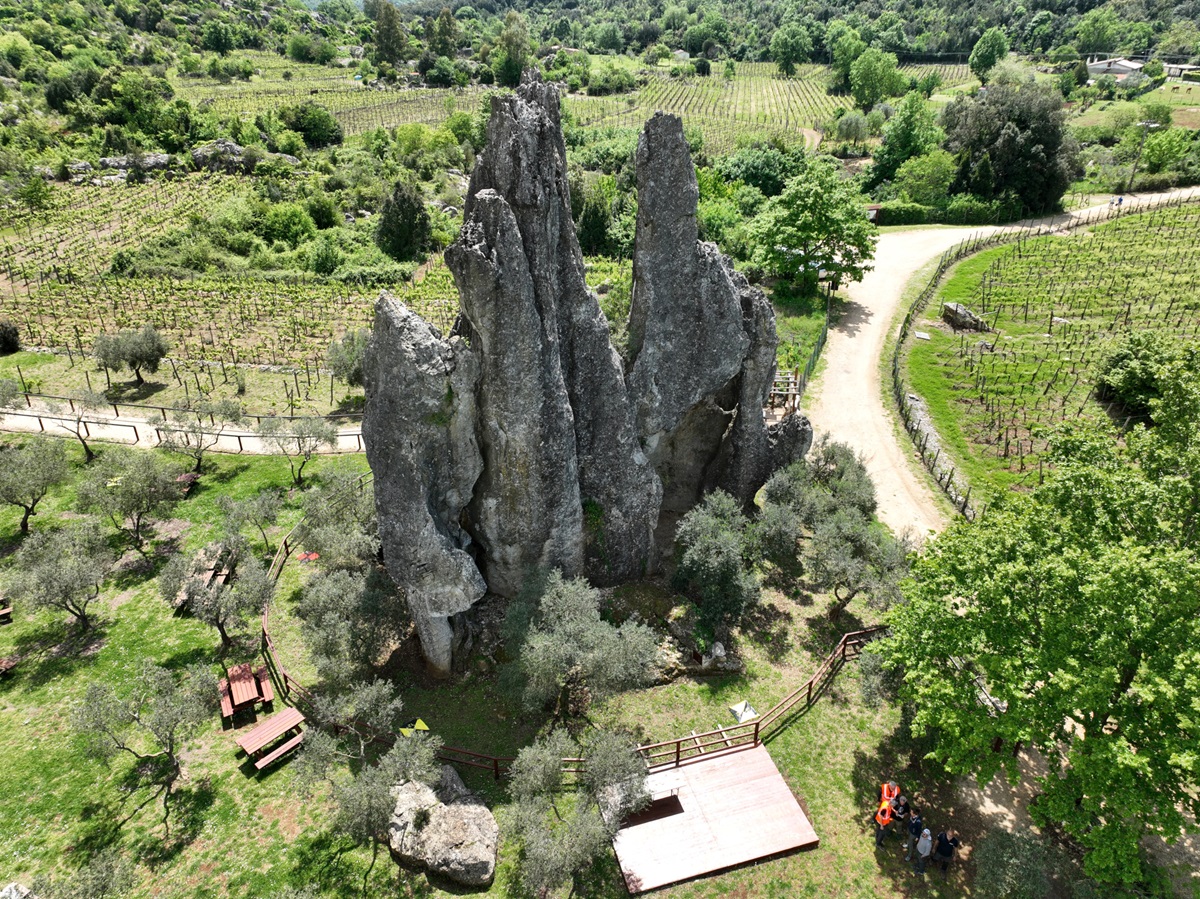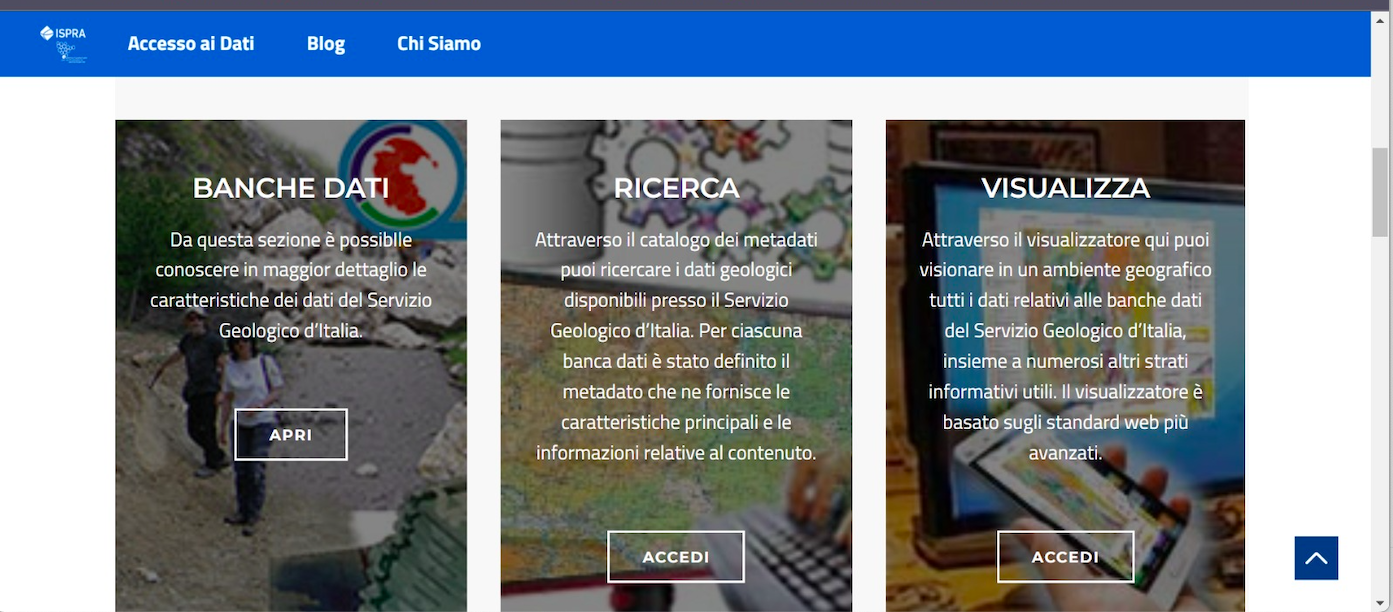Campo Soriano e i Monti Ausoni: un paesaggio tra geologia e biodiversità
Come un’antica cattedrale di pietra racconta la storia della Terra: una culla geologica tra tettonica e carsismo La piana di Campo Soriano, incastonata nei Monti Ausoni nel comune di Terracina, è un laboratorio a cielo aperto di processi tettonici e carsici.
 PORTALE DEL SERVIZIO GEOLOGICO D'ITALIA
PORTALE DEL SERVIZIO GEOLOGICO D'ITALIA 
